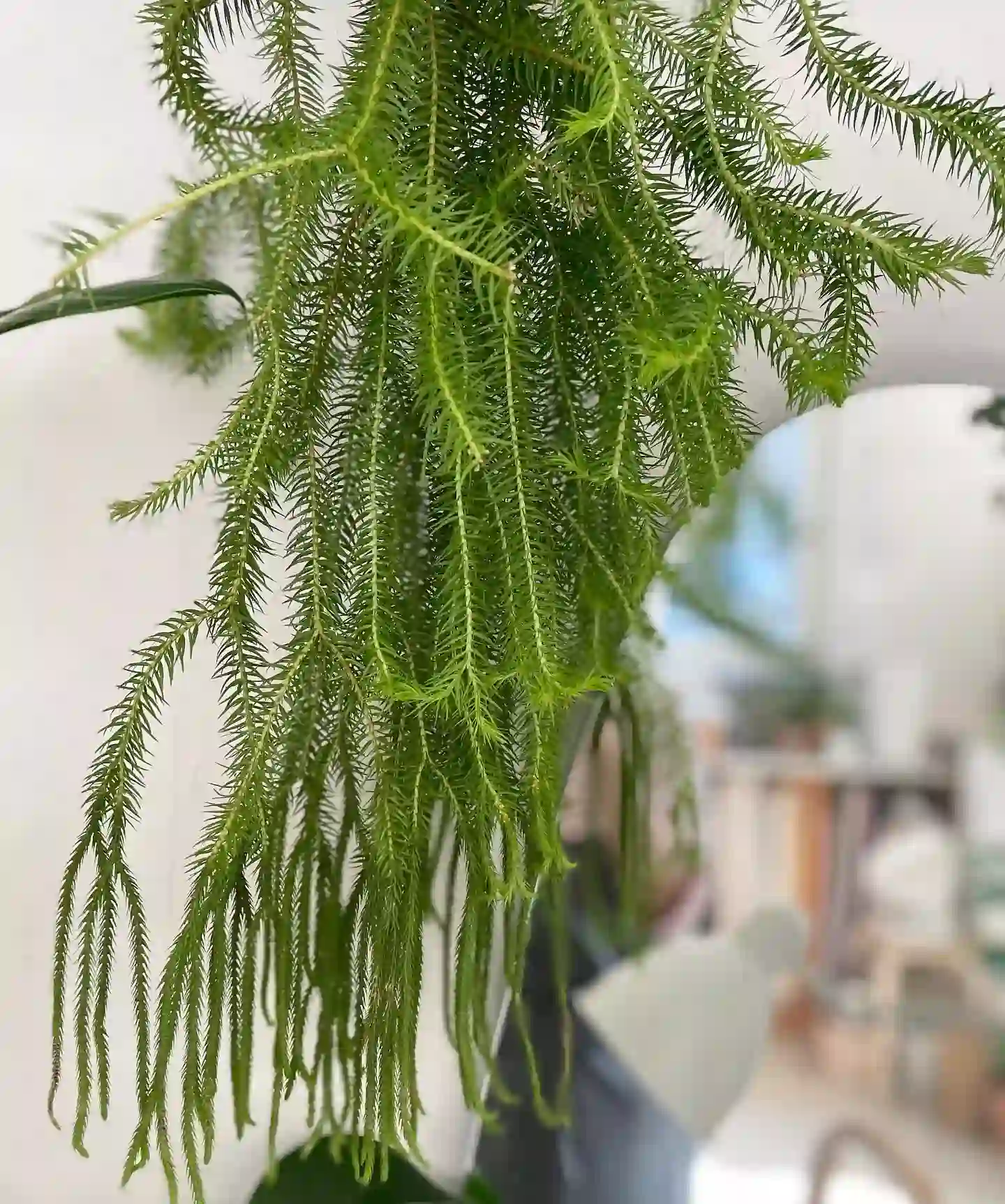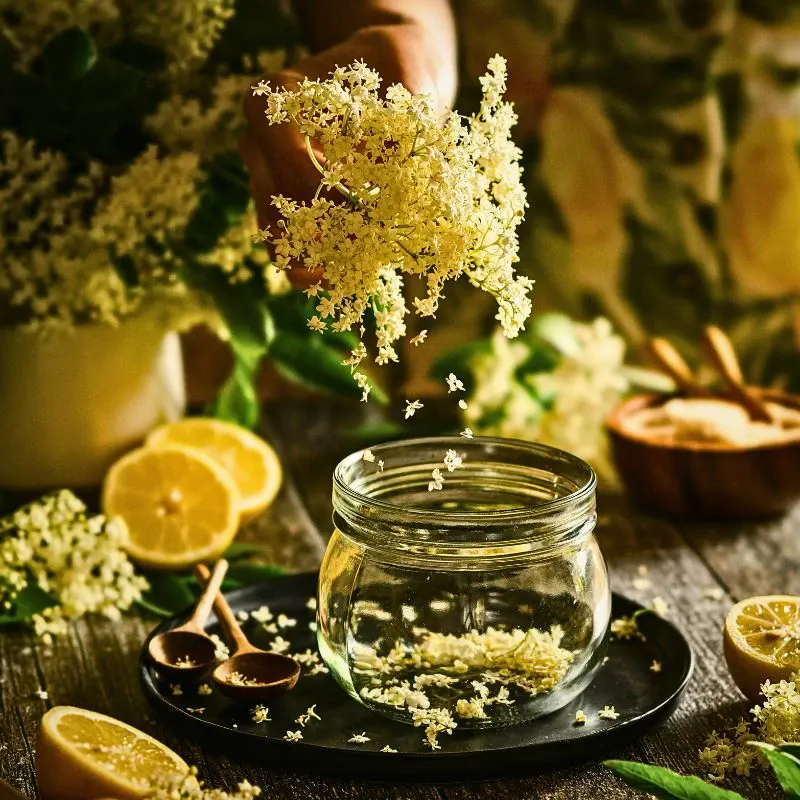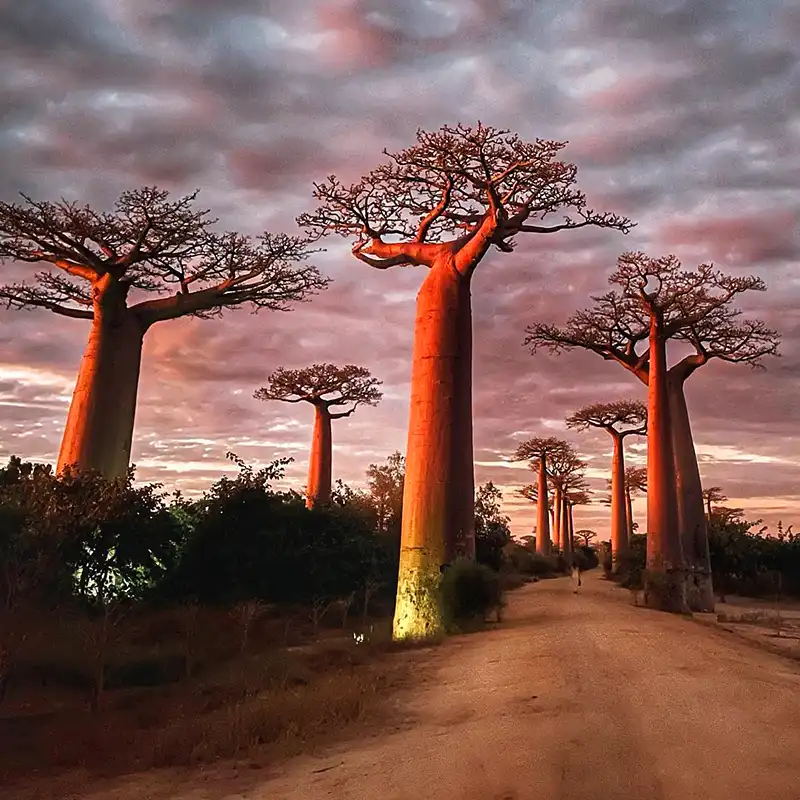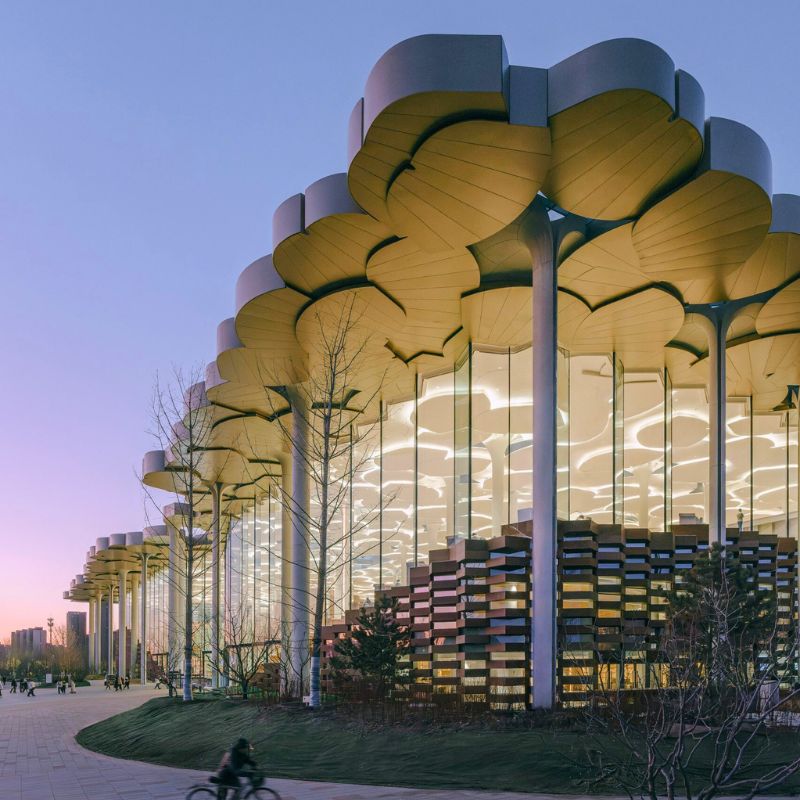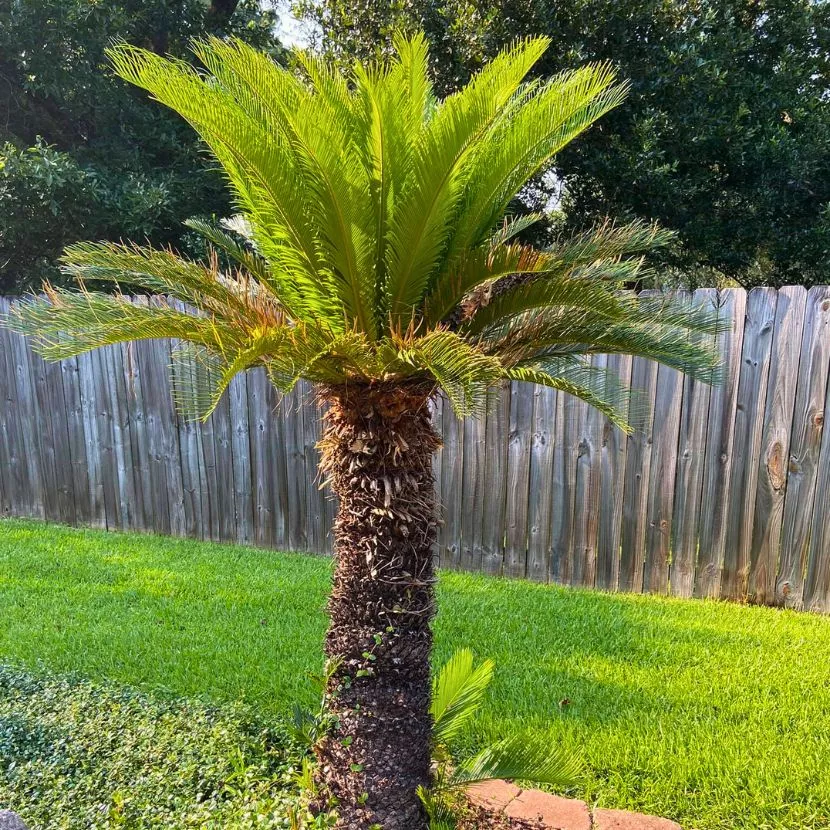There's a certain mystique surrounding prehistoric plants that have managed to survive millions of years of earth's ever-changing landscape. As natural survivors, they've outlasted countless species that have come and gone, serving as living relics of a bygone era. In recent years, prehistoric plants have gained popularity among gardening enthusiasts and nature lovers, who are eager to bring a piece of ancient history into their homes and gardens.
Prehistoric Plants That Still Exist
Prehistoric plants are considered living relics of a bygone era. They provide a unique connection to our planet's distant past, offering insights into the evolution of flora and the resilience of life. Their unique adaptations and striking appearances make them fascinating and valuable additions to modern gardens, homes, and botanical collections.
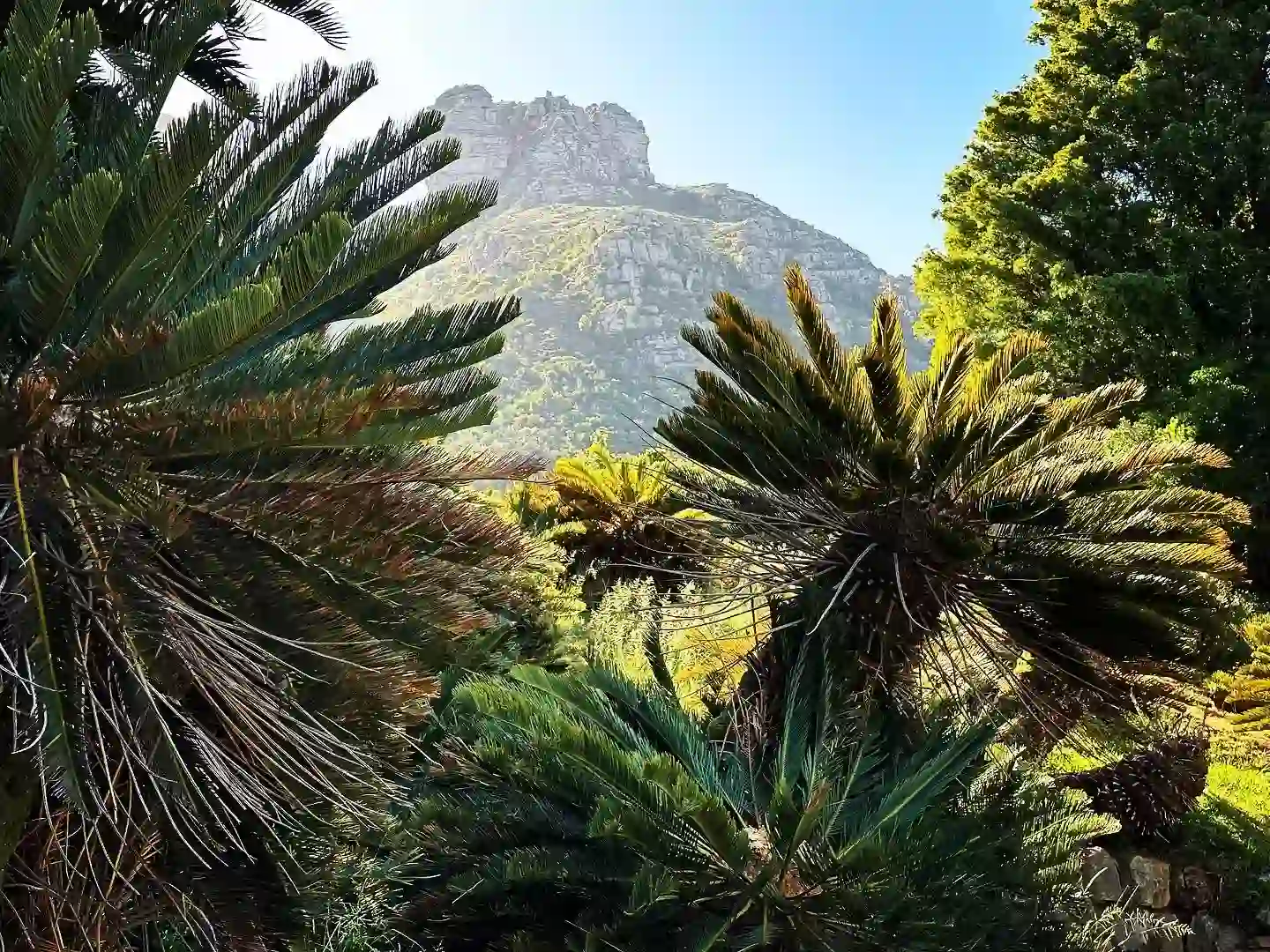
Here you find seven of the most beautiful and intriguing prehistoric plants alive today that are available for purchase. Delving into their origins and providing some handy care tips to help you grow and maintain these ancient wonders in your own space.
Take a closer look at this list of prehistoric plants:
1. Cycads (Cycadophyta)
Originating from the early Mesozoic Era, around 280 million years ago, cycads are among the oldest plants on Earth. Their palm-like appearance, with a stout trunk and a crown of large, stiff leaves, makes them a popular choice for tropical and subtropical gardens. Some well-known species include the Sago Palm (Cycas revoluta) and the Cardboard Palm (Zamia furfuracea).
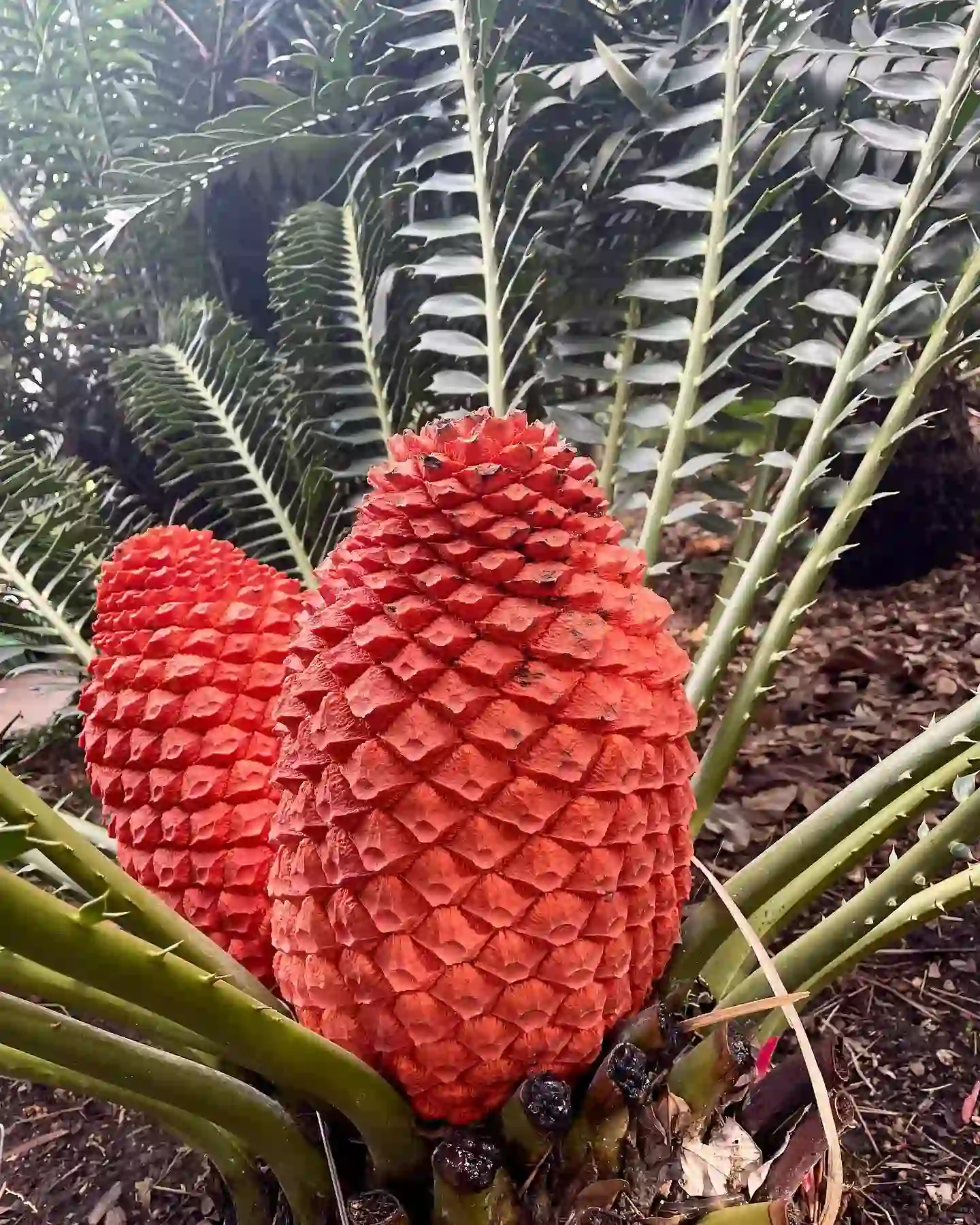
Care Tips: Cycads thrive in well-draining soil and prefer full sun to partial shade. Water this prehistoric plant regularly, but be careful not to overwater, as their roots are prone to rot. Keep in mind that cycads are slow growers and may take several years to reach their full size.
2. Ginkgo (Ginkgo biloba)
Commonly known as the Maidenhair Tree, Ginkgo biloba is the only surviving species in the Ginkgophyta division. With a history dating back over 270 million years, this deciduous tree is famed for its fan-shaped leaves that turn a brilliant yellow in autumn. The Ginkgo tree can be grown as a striking ornamental piece in gardens or large containers.
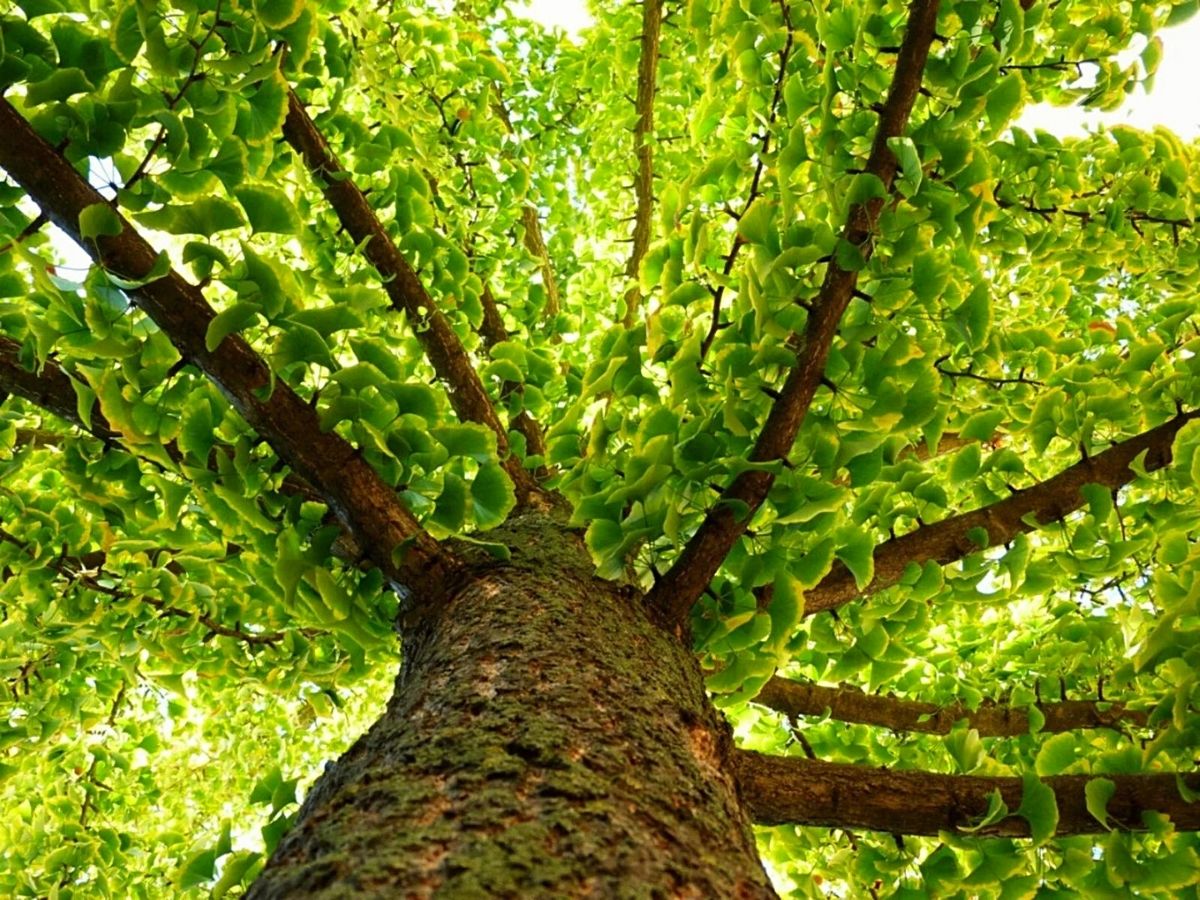
Care Tips: Ginkgo trees require well-draining soil and can tolerate a wide range of pH levels. They do best in full sun but can adapt to partial shade. Water regularly during the growing season, and keep an eye out for any signs of leaf scorch in hotter climates.
Read here for more about the uniqueness of the Ginkgo.
3. Horsetails (Equisetum)
Belonging to a group of plants known as Arthrophyta, horsetails date back over 350 million years. Equisetum species are characterized by their hollow, jointed stems, with small leaves arranged in whorls. Horsetail plants are often used for their architectural qualities in contemporary gardens and can be grown in containers or along water features.
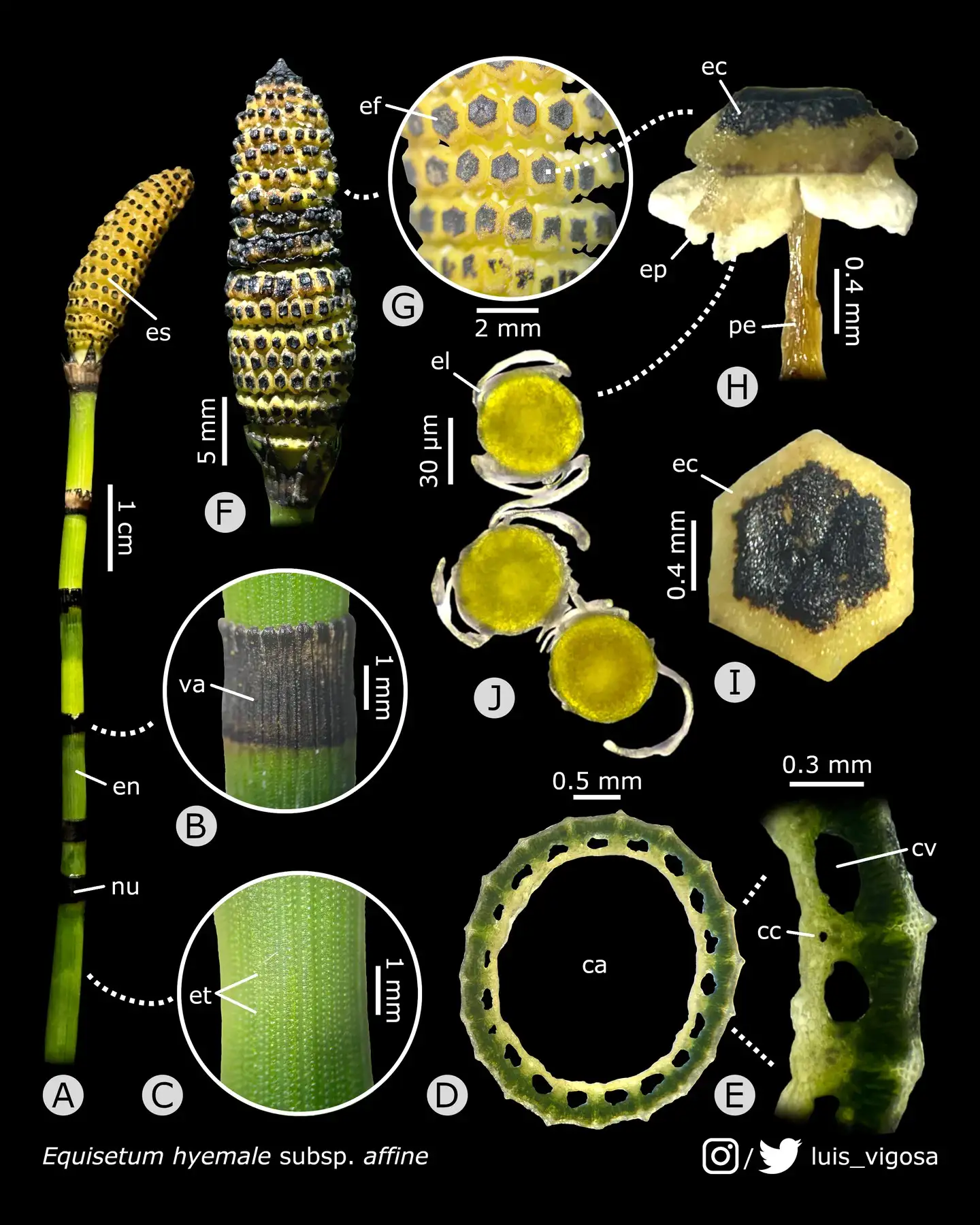
Care Tips: Horsetails prefer consistently moist, well-draining soil and can grow in full sun to partial shade. Be cautious when planting them directly in the ground, as they can become invasive. Regular pruning and containment measures can help keep their growth under control.
4. Tree Ferns (Cyatheales)
Ferns prehistoric plants are ancient plants that first appeared during the late Triassic Period, around 230 million years ago. They are known for their large, feathery fronds and thick, woody trunks. Popular species include the Australian Tree Fern (Cyathea cooperi) and the Tasmanian Tree Fern (Dicksonia Antarctica).
Care Tips for the prehistoric fern plant: Tree ferns thrive in moist, well-draining soil with plenty of organic matter. They prefer dappled shade and shelter from strong winds. Keep the soil consistently moist and water the trunk and fronds during hot weather to maintain humidity.
5. Wollemi Pine (Wollemia nobilis)
Discovered in 1994 in Australia's Wollemi National Park, the Wollemi Pine is a critically endangered prehistoric plant dating back 200 million years. This evergreen tree is characterized by its distinctive, dark green foliage and attractive, bubbly bark. Wollemi Pines can be grown as a unique focal point in larger gardens or in containers for smaller spaces.
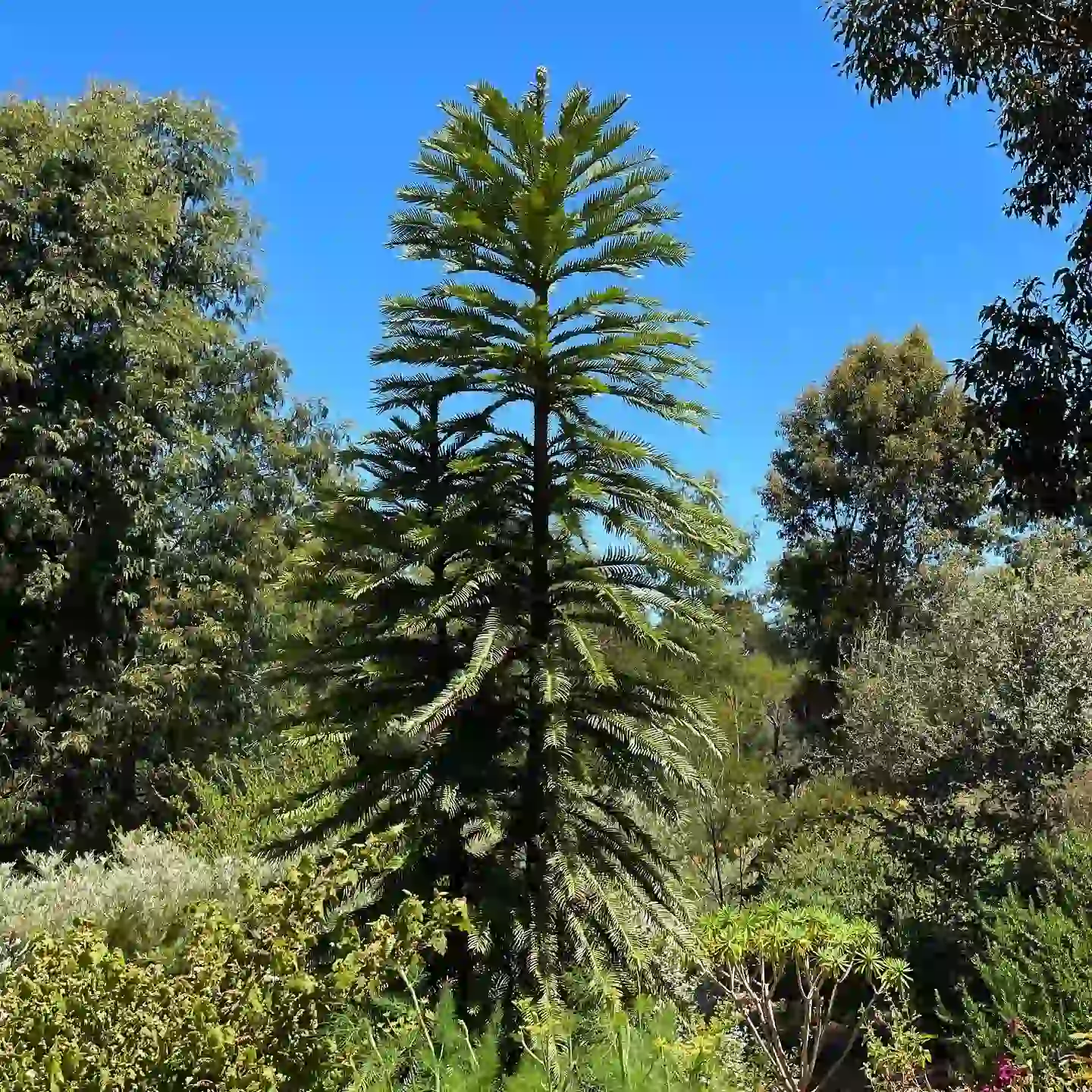
Care Tips: Wollemi Pines prefer well-draining soil with a slightly acidic pH. Plant these prehistoric plants in a sunny or partly shaded location, and water regularly to keep the soil evenly moist. Protect the tree from extreme temperatures and frost, as it can be sensitive to cold.
6. Dawn Redwood (Metasequoia glyptostroboides)
Once thought to be extinct, the Dawn Redwood is a deciduous conifer that dates back to the Cretaceous Period, around 90 million years ago. With its feathery, needle-like leaves and attractive, reddish-brown bark, this fast-growing tree makes an excellent addition to large gardens and parks. The fern-like foliage turns attractive reddish bronze in fall. The beautiful buttressed trunk has shredded red-brown bark.
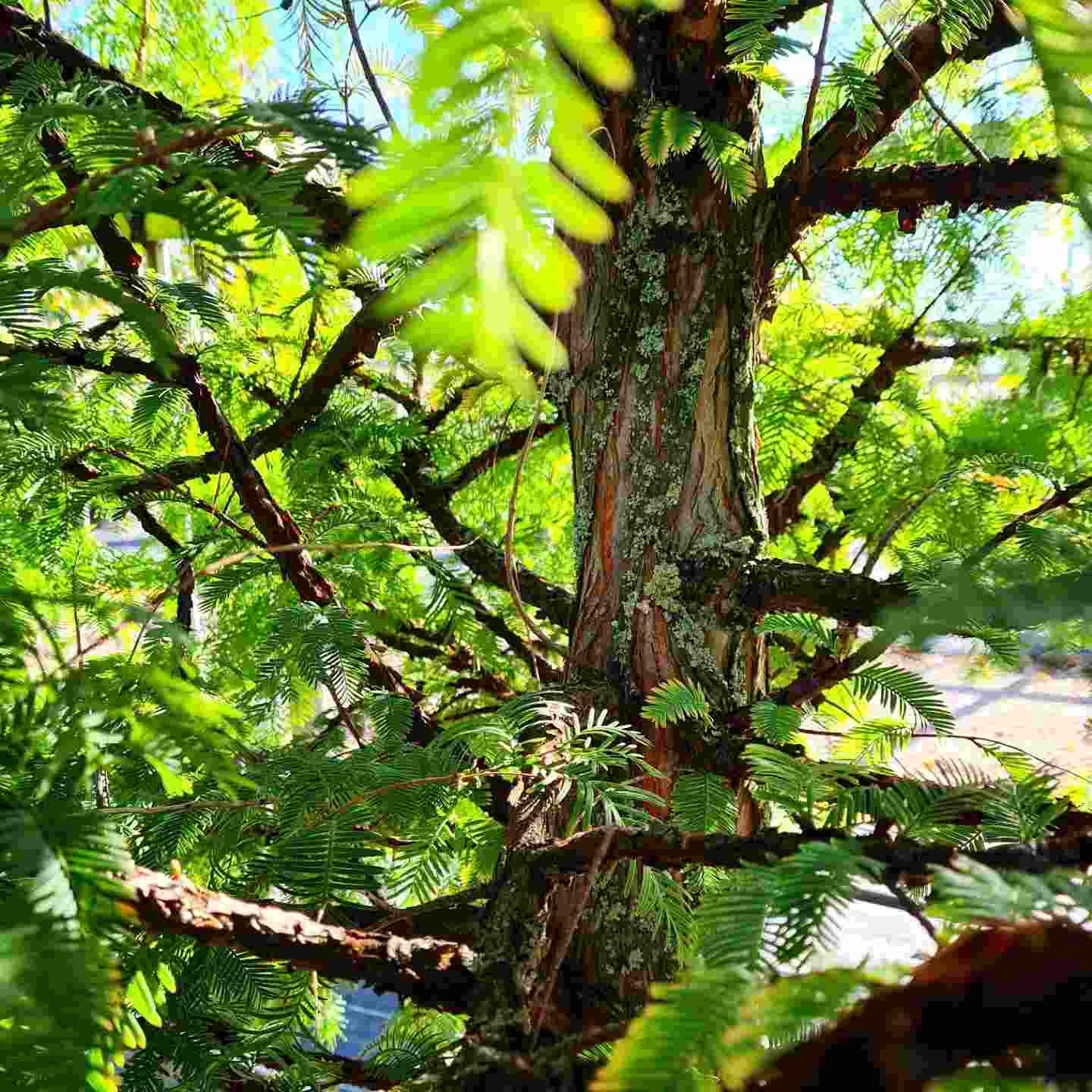
Care Tips: Dawn Redwoods require well-draining, moist soil and full sun exposure. They are relatively low-maintenance and can tolerate a wide range of soil types. Water them regularly during the growing season and ensure they have ample space to grow, as they can reach heights of over 100 feet.
7. Cooksonia (Cooksonia spp.)
Cooksonia is an extinct genus of ancient plants that first appeared around 420 million years ago during the Silurian Period. However, some enthusiasts have successfully cultivated Cooksonia-like plants by growing modern clubmosses (Lycopodium) or quillworts (Isoetes) as proxies for the original prehistoric species.
Care Tips: These modern relatives of Cooksonia typically prefer moist, well-draining soil and moderate to bright light. Keep the soil consistently damp and provide high humidity levels. Some species may require specific care, so research the needs of your chosen plant before attempting to grow it.
How did these Prehistoric Plants Survive?
These prehistoric plants have managed to survive and persist through millions of years of Earth's changing climate and environmental conditions due to their unique adaptations and resilience. Many of these ancient species have evolved specific mechanisms that have allowed them to thrive in various habitats and withstand a range of climatic conditions.
For instance, cycads are well-adapted to arid and semi-arid environments, making them capable of tolerating prolonged periods of drought. Ginkgo biloba, on the other hand, is incredibly hardy and can endure a wide range of temperatures and soil conditions, which has allowed it to survive numerous ice ages and other climatic shifts. Tree ferns and horsetails are adapted to moist and humid environments, often found in tropical or temperate rainforests, where their specific needs for consistent moisture and high humidity are met.
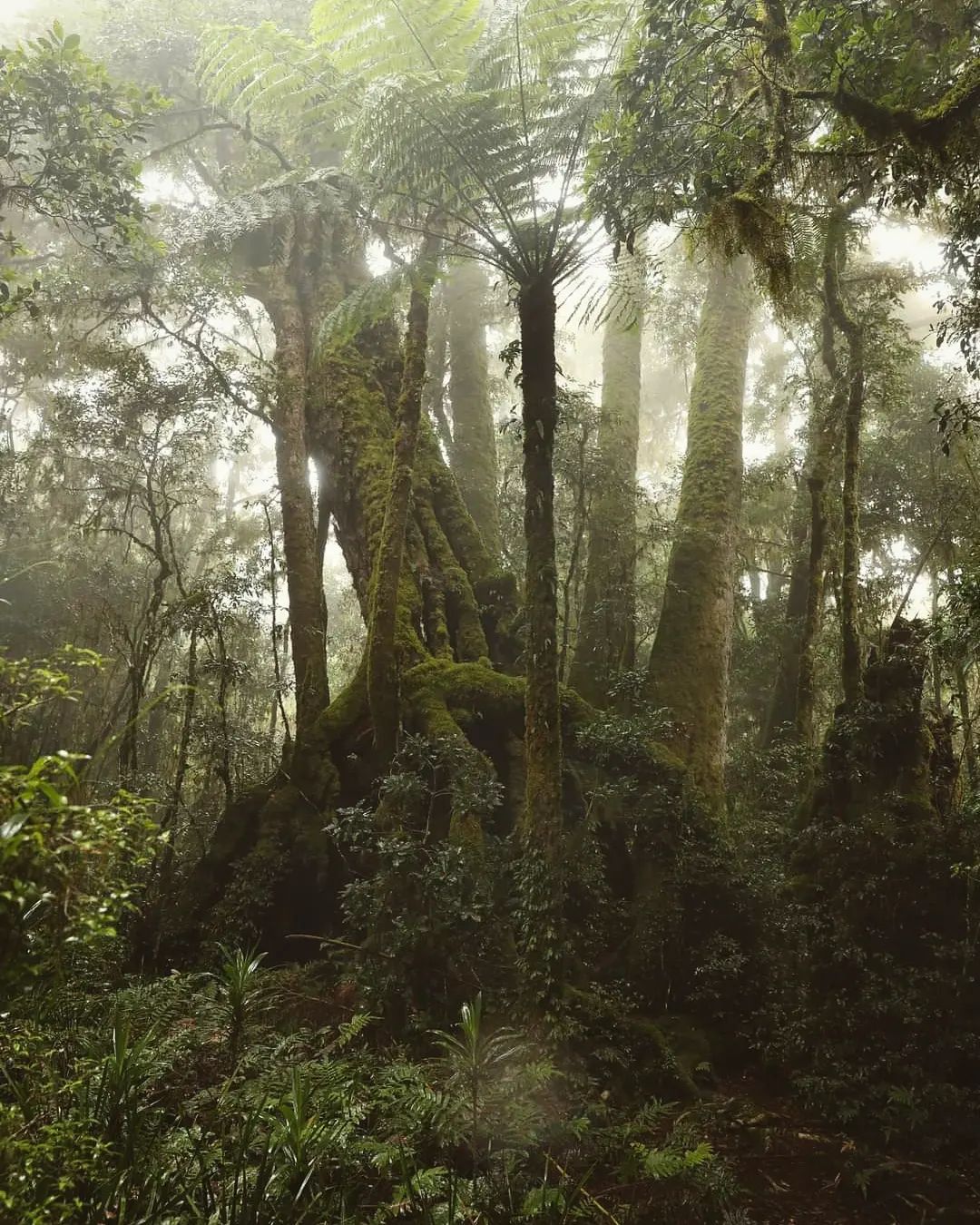
One of the main reasons these prehistoric plants are still around today is their ability to occupy specialized ecological niches and adapt to various environmental pressures. The continued survival of these species also highlights the importance of biodiversity and conservation efforts to preserve these living relics of Earth's ancient past, offering us valuable insights into the history of our planet's flora and the processes that have shaped its evolution.
Embrace the Allure of Prehistoric Garden or House Plants
Adding one or more of these fascinating prehistoric plants to your garden or home can provide a unique and captivating connection to Earth's ancient past. With proper care and attention, you can enjoy the beauty and history these plants offer, all while preserving their legacy for future generations. Embrace the allure of prehistoric plants and let them transport you to a time when our world was a very different place.
Header & featured images by Justin Lim on Unsplash

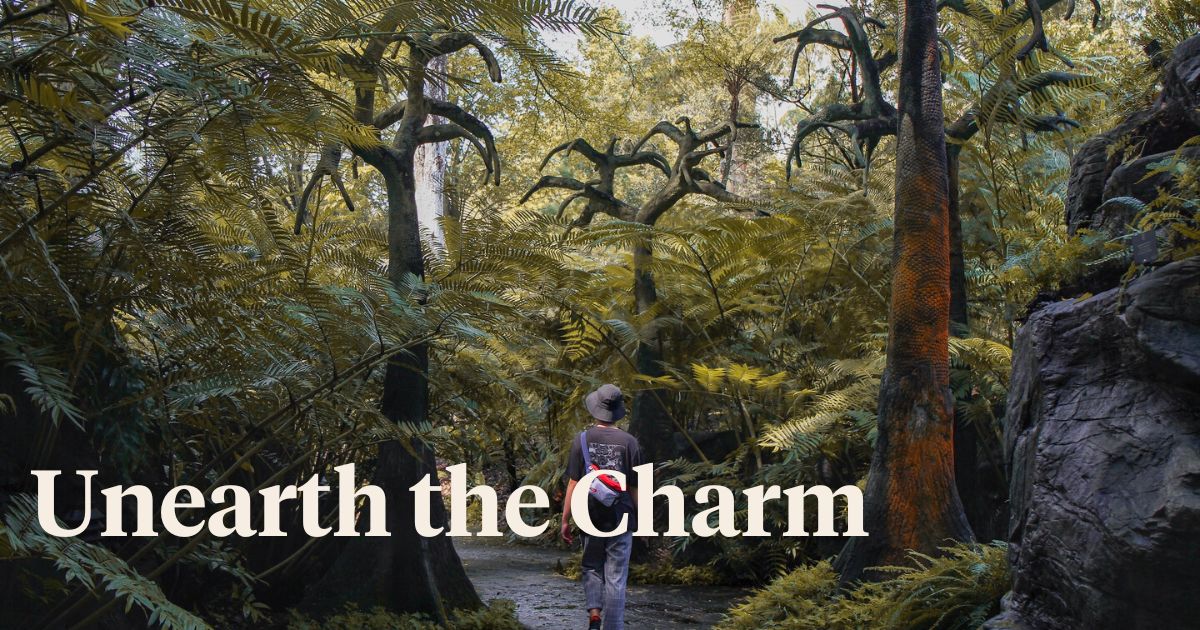
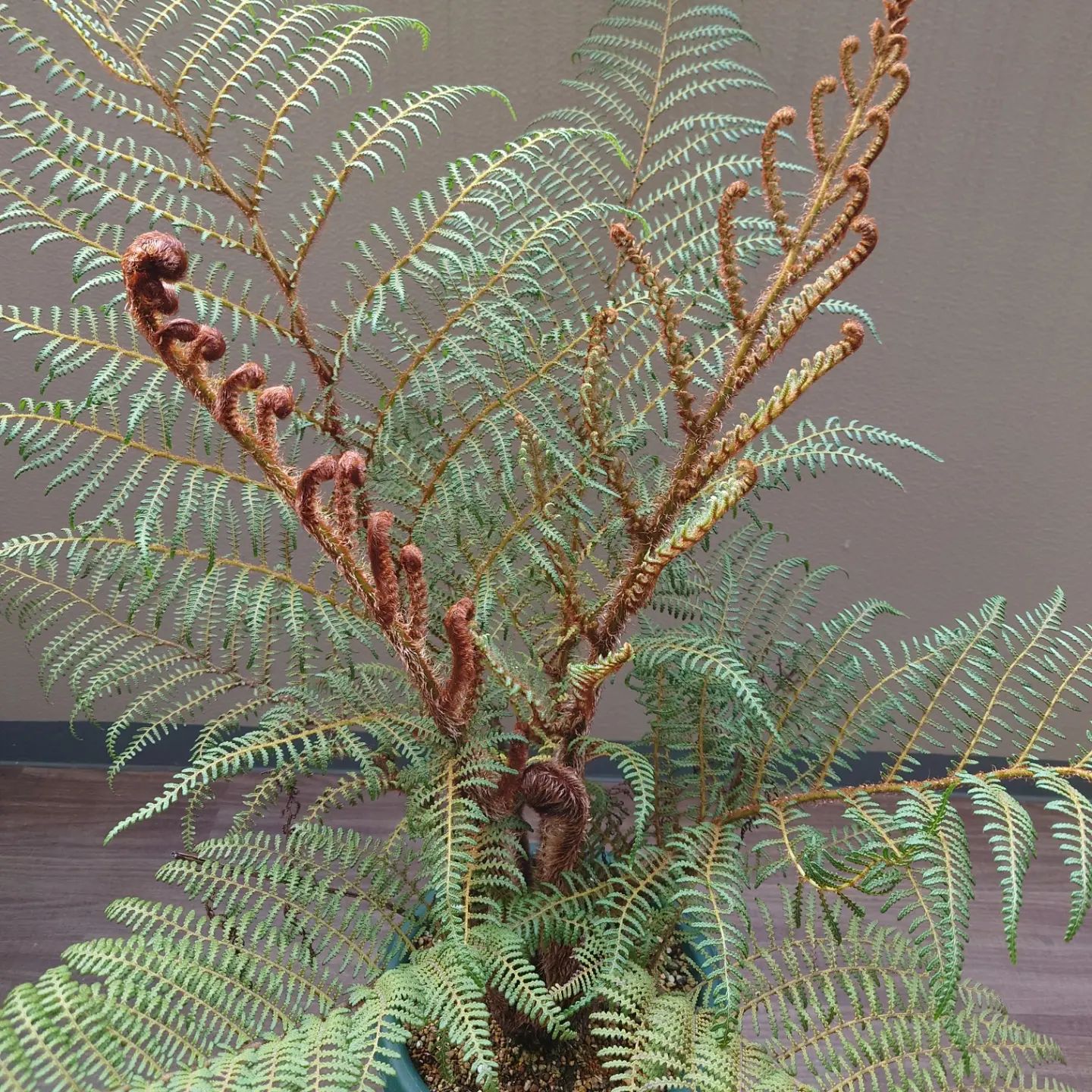 Pictures by @daizo.kob
Pictures by @daizo.kob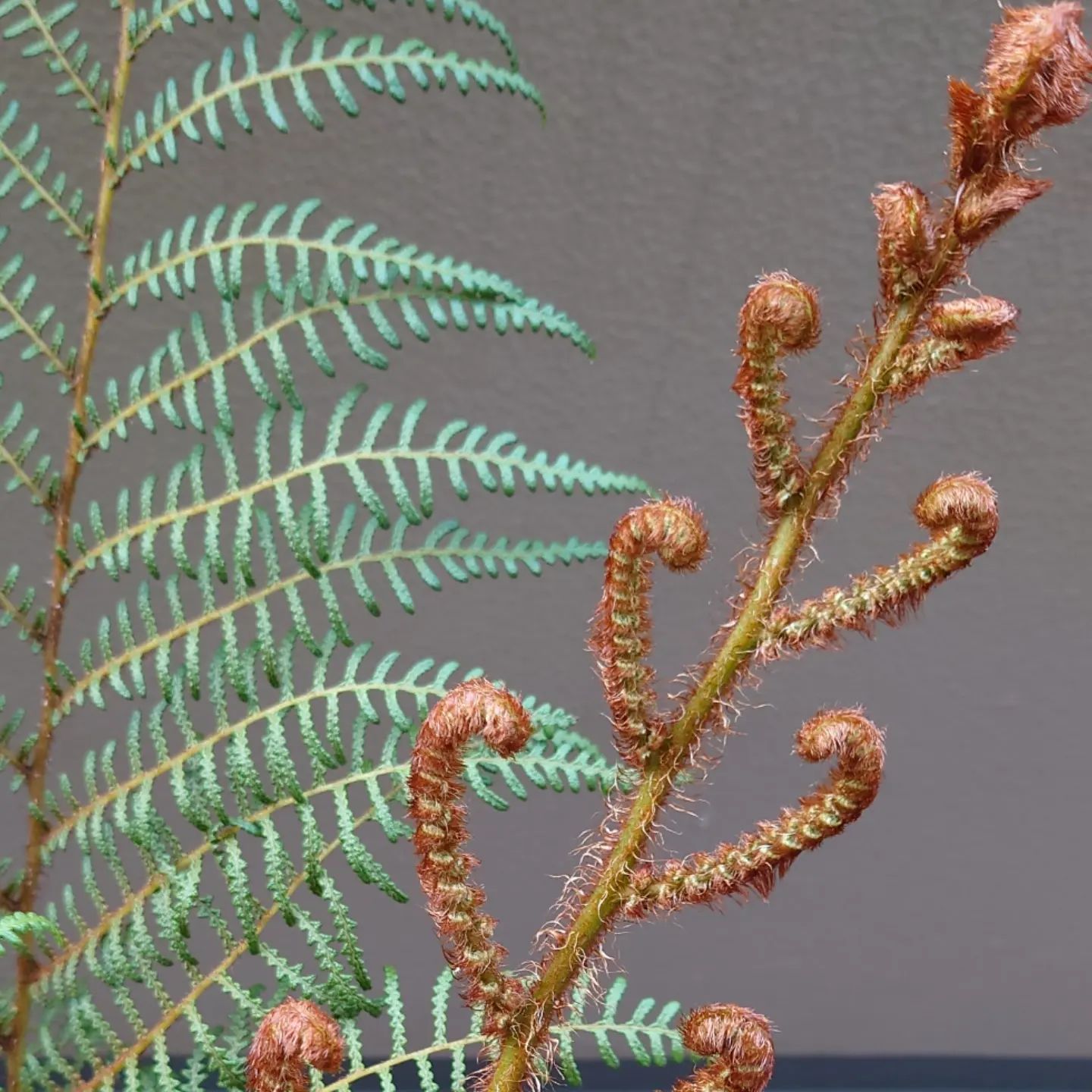
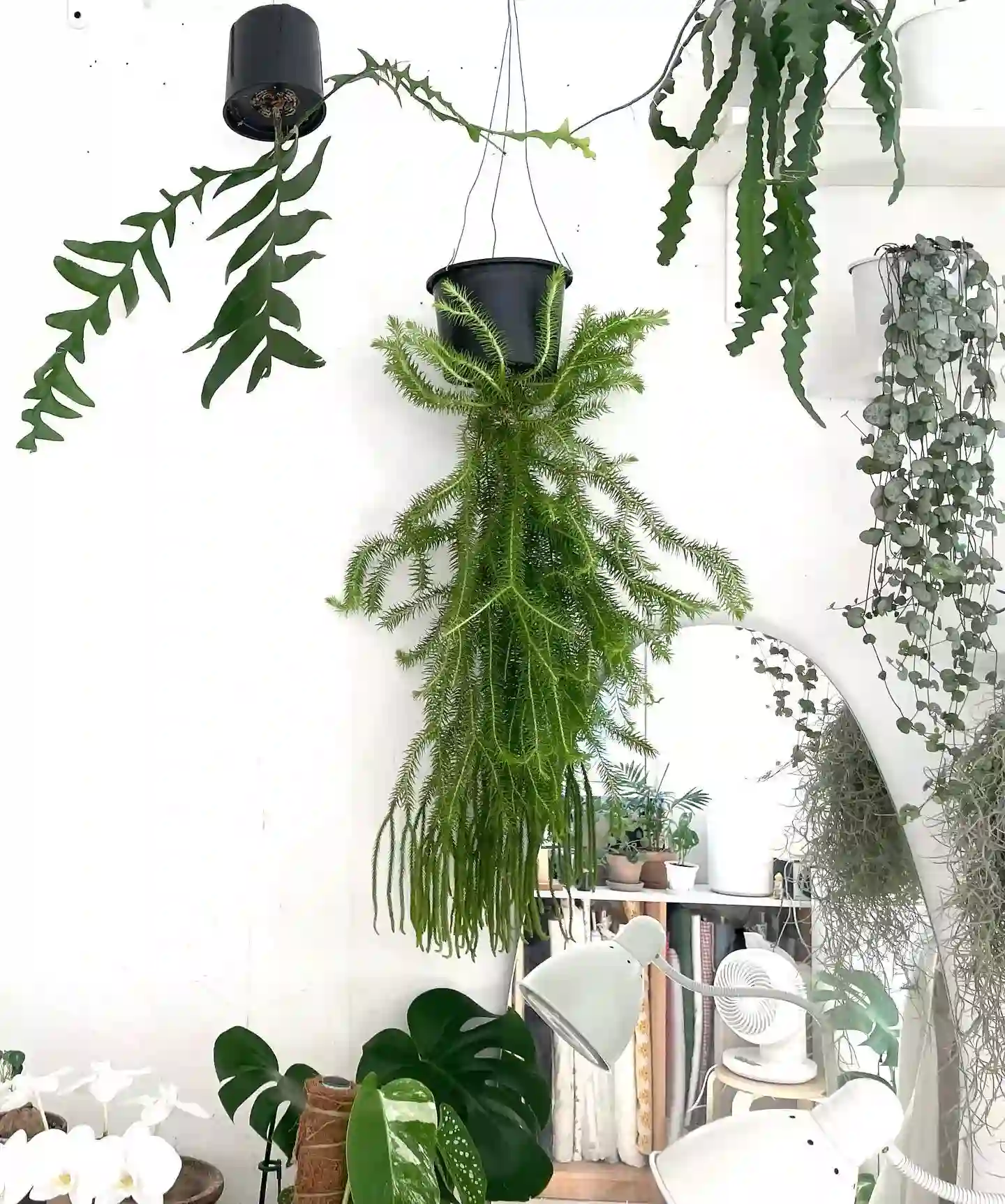 Lycopodium squarrosum - Pictures by @seoulplantclub
Lycopodium squarrosum - Pictures by @seoulplantclub